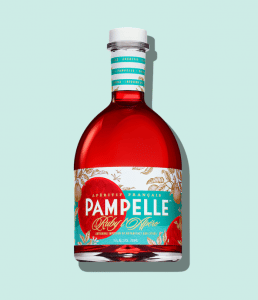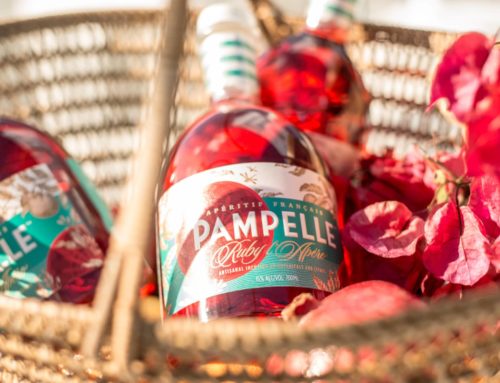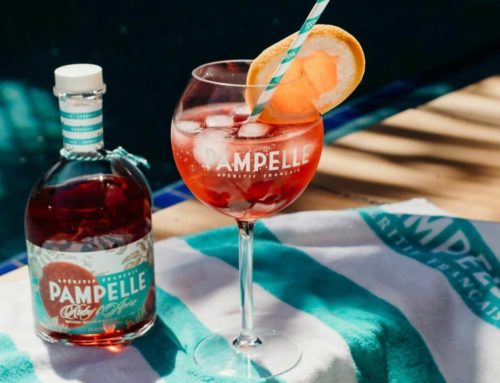As two of the mainstays of European dining, aperitifs and digestifs have long added welcome flair to countless culinary experiences since their inception several hundred years ago. Serving as a customary pre and post-amble to evening meals, these long-revered alcoholic drinks continue to delight, the world over, with their gustatory and social significance. In appreciation of the aperitif, at home and abroad, we’ve taken the liberty of providing some insightful context around this much beloved alcoholic beverage and how it differs from its popular counterpart.
What is an aperitif?
An aperitif is at once a pre-dinner drink and a pre-dinner event – a way to prepare yourself for the meal ahead by stimulating the appetite. As such, aperitifs are typically dry and low in alcohol, designed to stoke your hunger without dulling the palate.
What are common aperitif beverages?
There is no hard and fast rule as to what alcoholic drink should be served as an aperitif, though some European regions are more partial to certain beverages than others. Common choices typically consist of fortified wines like dry vermouth or lillet blanc, sparkling wine such as champagne, and other spirit-based alcoholic beverages like our very own Pampelle french liqueur.

How to serve an aperitif?
Aperitifs are best served chilled and in modest amounts as soon as guests arrive, often accompanying starters such as olives, nuts, cheese, quiche and slightly heartier hors d’oeuvres. But an aperitif also serves an important social purpose – it provides an opportunity for dinner guests to chat and mingle as they ease into the evening, while composing their stomach for the dinner party ahead.
What is a digestif?
If aperitifs are the start of a novel, then digestifs are the ending. Traditionally consumed at the conclusion of a meal, digestifs are intended to settle the stomach and aid digestion. This lends to digestifs being comparably sweeter and more alcoholic than their counterpart.
What are common digestif beverages?
Like aperitifs, digestifs may take the form of several different alcoholic beverages. Common varieties tend to include brandy, fortified wine such as sweet vermouth, herbal and even bittersweet liqueurs. While usually taken neat, digestifs can, and do, find their way into select cocktail recipes. A classic Manhattan with its angostura bitters or an Old Fashioned with a balanced bitter taste are popular options.
How to serve a digestif?
Chilled or served at room temperature – the choice is yours as to how you would like to enjoy your digestif. But ethos is always the same – to end the evening’s festivities on a high note.




